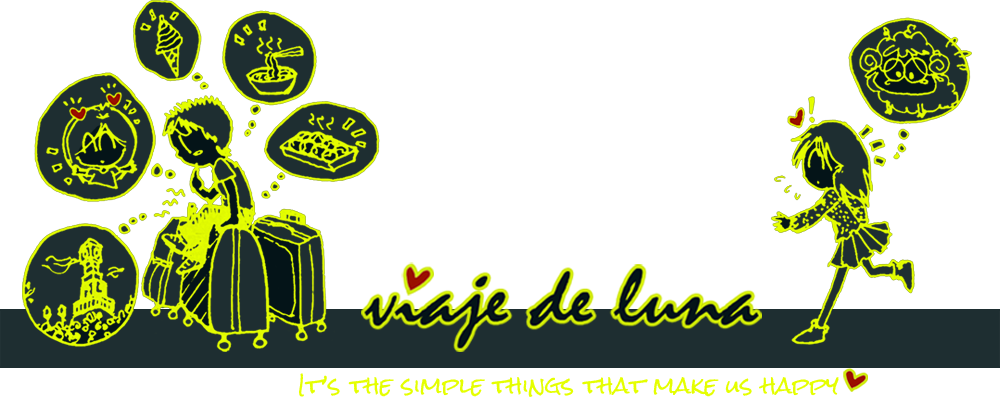If you are interested to read about the other spots,
please check this link:
All of you know JTB Corporation, I suppose. JTB is a well-known Japanese travel agency and one of the largest travel agencies in the world. Ah... suddenly I remember that last time I was about to ask JTB to help me in my Schengen Visa application process because I couldn't go to Tokyo myself. However, in the end my friend helped me to submit the documents, so I didn't use the service.
Anyway, the website of JTB Hokkaido is here (sorry, it seems everything is in Japanese).
JTB conducted 7 kinds of 2-3 days guided tour packages to various places around Hokkaido for foreigners, and they are like almost free. Foreigners who wanted to participate had to apply and choose for a course, which determined the destination. There were a lot of people applied (of course!), so I guess I was quite lucky to get a place ! ^^
According to the course information, the course included whale watching (!!!!! ), eating local foods, etc. Thats why we were so excited!!! I was really looking forward into going to Shiretoko and Abashiri areas because they are some of the places I haven't been to in Hokkaido. I think I have been in most of Hokkaido's famous spots, except Shiretoko, Abashiri, and Wakkanai.
so.. next in the list : WAKKANAI !! ^^
| Kiyosato Sake Factory building |
 .
.
It was not so difficult to follow the explanations because there were a lot of informations with pictures on the wall written in English. The potatoes used here are "kona-fubuki" potatoes from Kiyosato itself. Firstly, the potatoes were washed, shed, and screened to maintain the high quality. Then the potatoes were put into a big steamer and were steamed for about one hour.
The steamed potatoes were crushed and then transferred into the large brewing tanks. In addition to the mash, koji was added into the mix. Koji creates enzymes needed to break down rice starch into sugar, and sugar is needed by yeast to produce alcohol and carbon dioxide.
The content of the tanks was then stirred with paddles, and the brewed mash was mixed evenly. The mash of potatoes was brewed for about two weeks. So interesting, isn't it ? I was so surprised actually to know that potato can be made into sake !!! O.o
| Kiyosato Sake Factory sake tasting |
After the tour, we were explained about the different kinds of sake they produced, and we had the chance to try any of them. The black bottle closest to guys in the picture is the most expensive among all. The bottles were arranged in price order, meaning the last one on the right is the cheapest.
As someone who doesn't really drink, javier was the first person who tried the sake ^^ He tried the most expensive one if I'm not mistaken. As for me, I tried the one with brown bottle shown above (44% alc.) first, and then some of the cheaper ones to see the difference. :)


